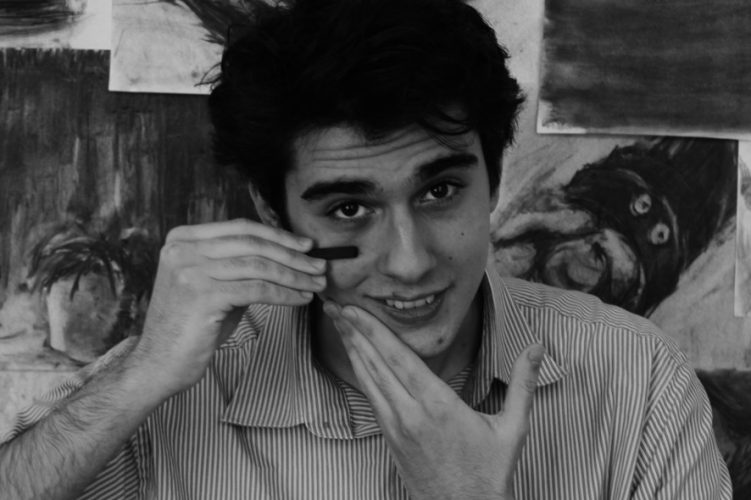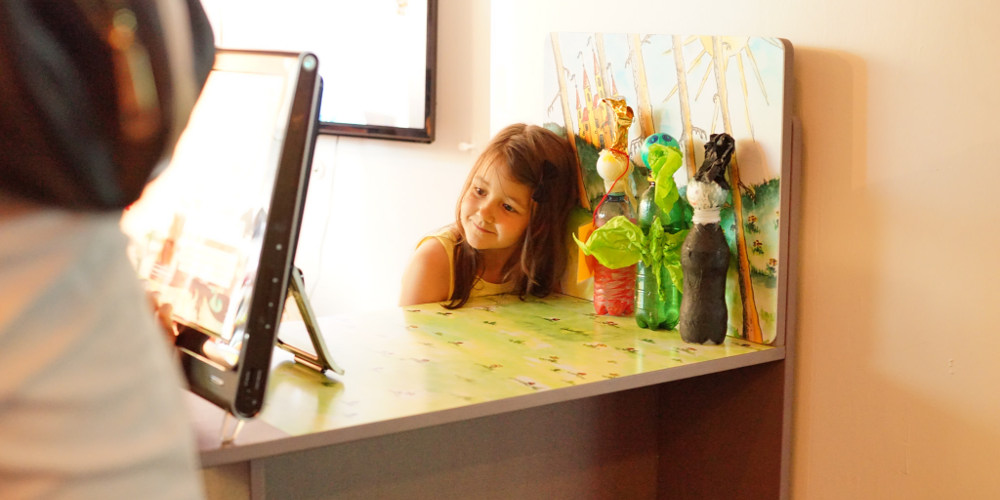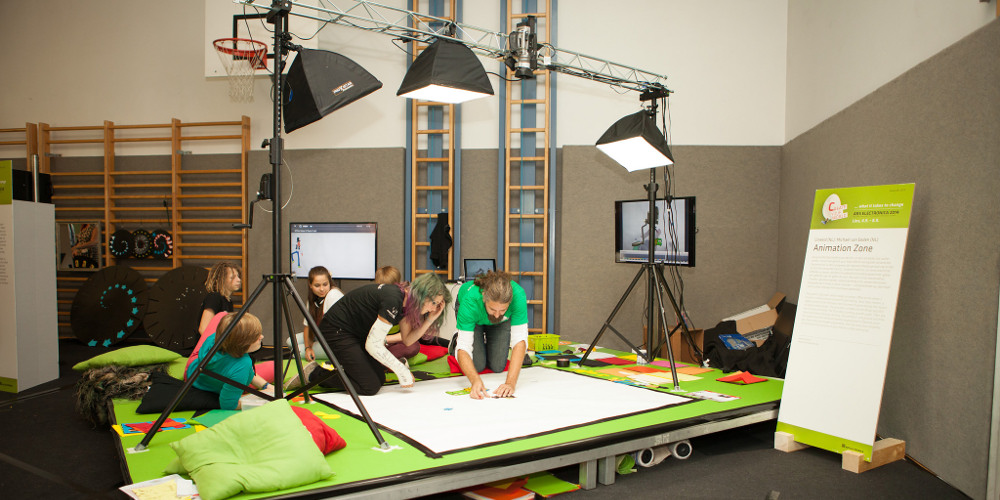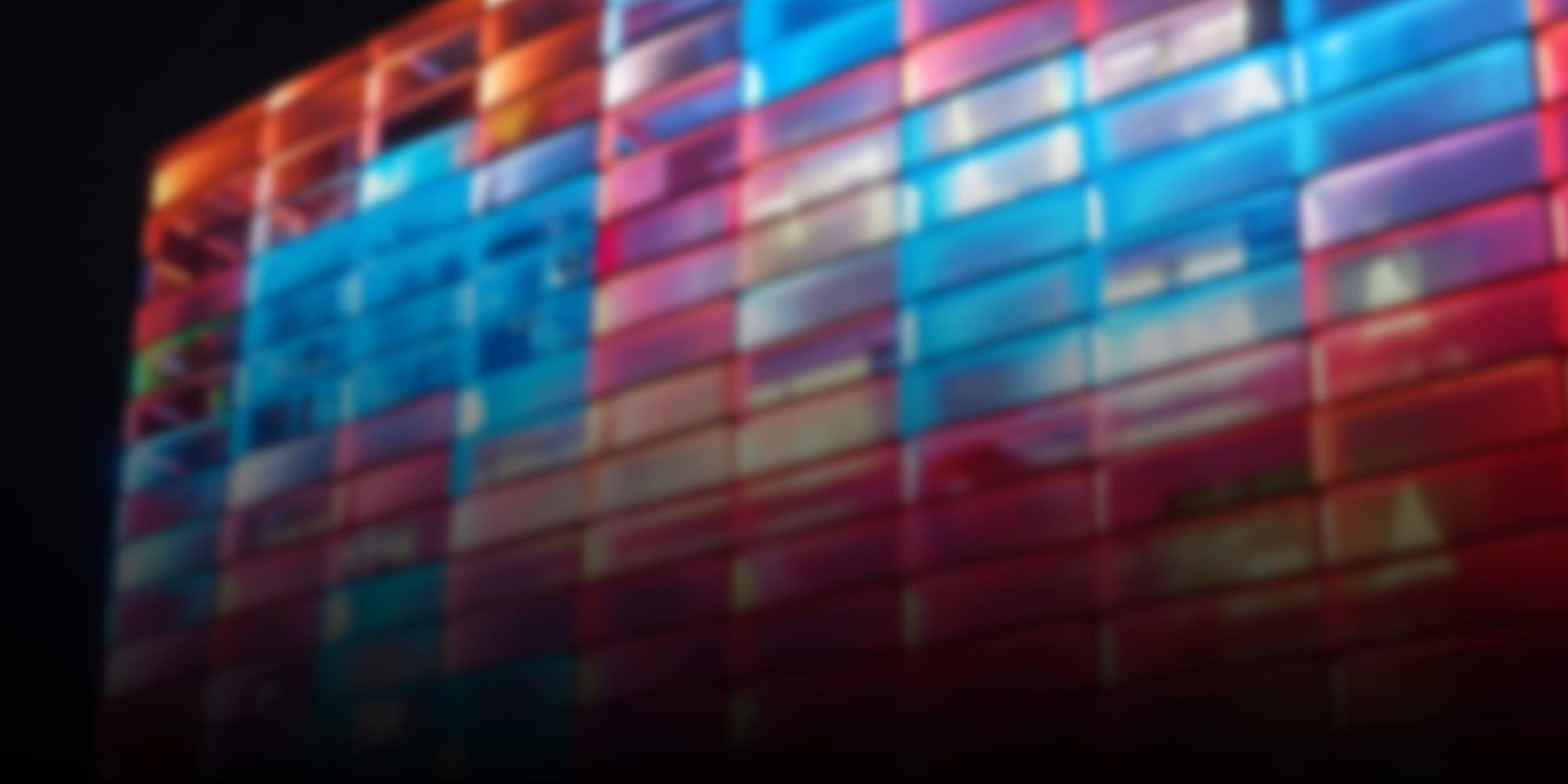
Story
-
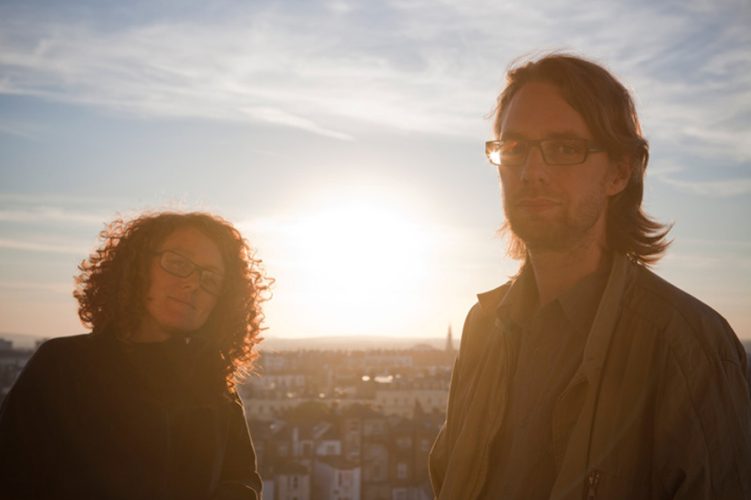
Semiconductor wins Collide@CERN Ars Electronica Award
The English artist duo, Semiconductor, will begin a two-month residency at CERN. Then their next stop is Linz, where they will spend a month at the Ars Electronica Futurelab.
-
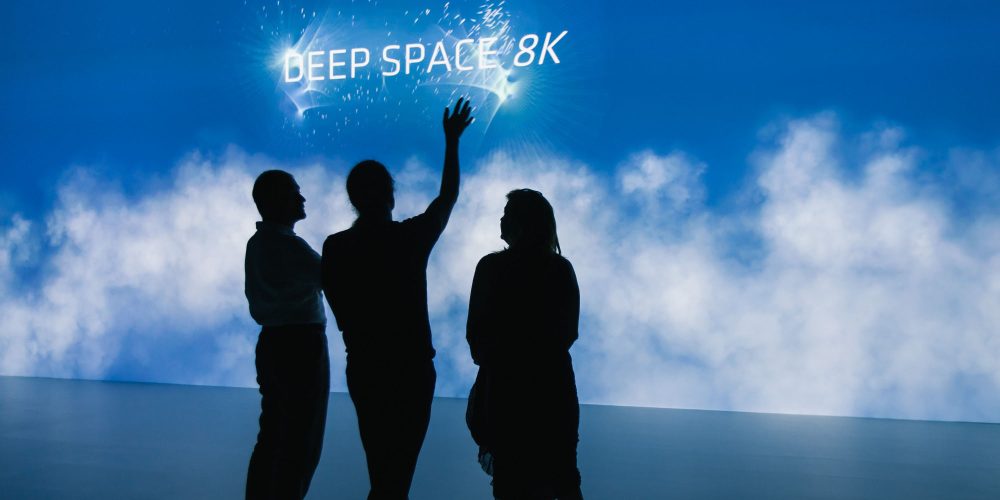
Deep Space 8K – The Next Generation
Sharper pictures, brighter colors and starker contrast are in store for visitors to Deep Space 8K. On August 7th Deep Space 8K premiered and guests immerse themselves in these extraordinary realms of imagery for the first time.
-
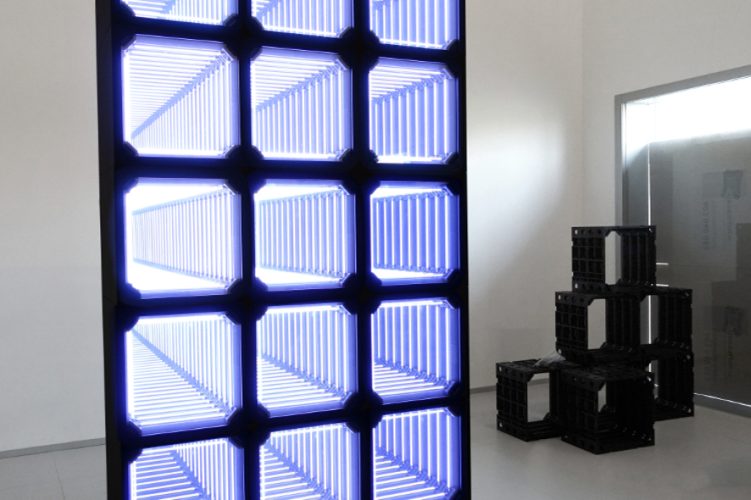
The Naked Truth of The Naked Veriti Project
The Naked Verity project, realized by Spanish artists for the Ars Electronica Festival 2015, uses memory, interaction and light, and composite and manufactured parts to express feelings and thoughts about technological art at the festival.
-
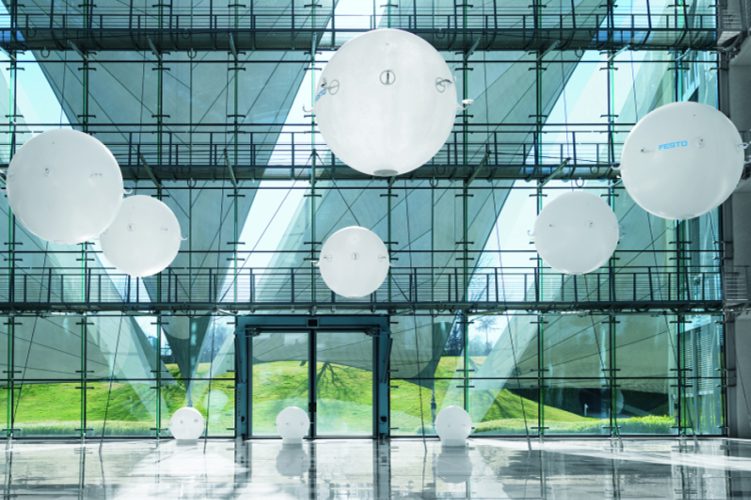
eMotionSpheres: Collision-free Motion of Autonomous Systems
With the eMotionSpheres, Festo shows how several flying objects can move in a coordinated manner and within a defined space. The intelligent networking system creates a guidance and monitoring system that could be used in the networked factory of the future.
-
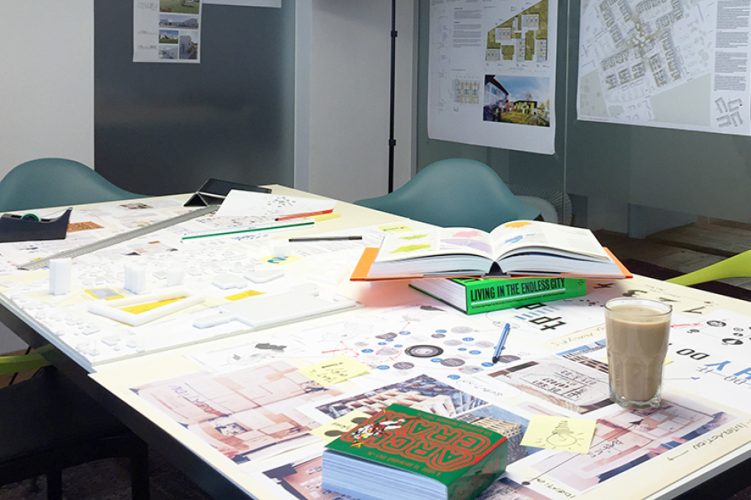
Why is More – a working process and a recognition of rules
The Linz based architect team [tp3] architects and Eddea Arquitectura y Urbanismo deal with strategic development processes of cities – an important point in the Ars Electronica Festival 2015. Now the concept for the exhibition display for the festival has been defined.
-
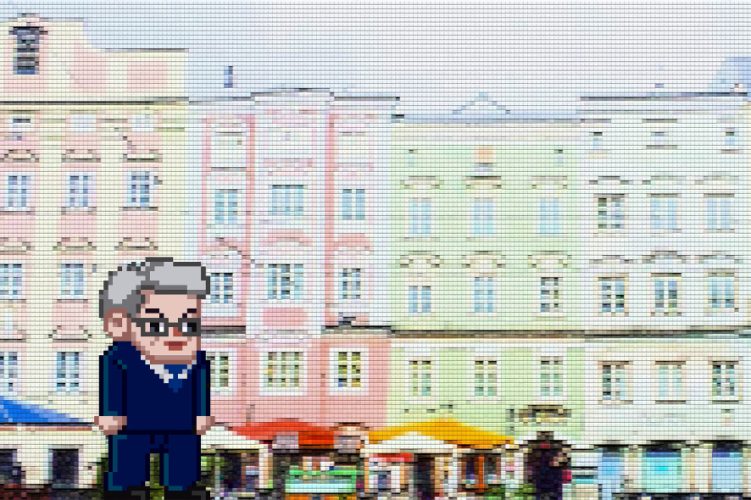
Are we ready for the post-post-media era?
Media are now available anytime and anyplace; in fact, it is becoming difficult to switch them off and remain “off-grid”. But we are also beginning to realize that all of this is not really necessary. A kind of protest movement is emerging in this “post-Google” and “post-Snowden” world.
-
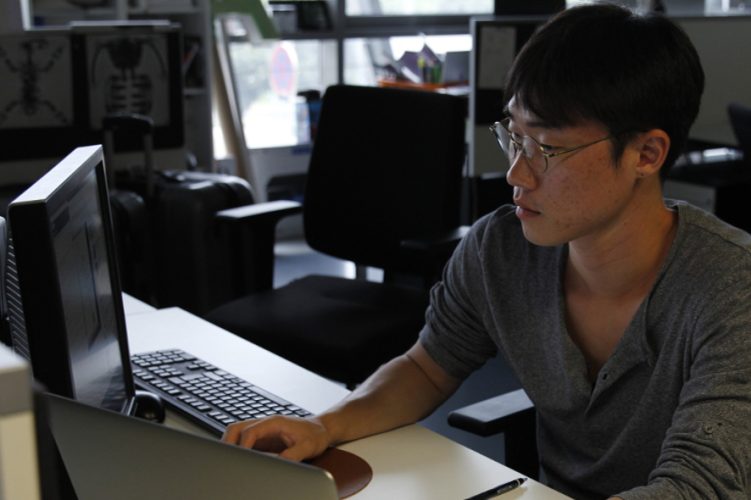
Rhythm as the DNA of music
During Hyungjoong Kim’s residency at the Ars Electronica Futurelab he will explore the traditional Korean music and develop an interface to change the rhythm of music. The result will be unveiled at the Ars Electronica Festival 2015.
-
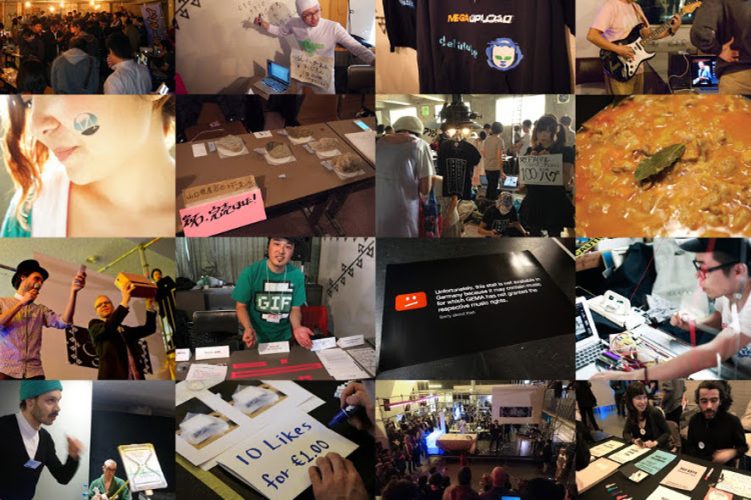
A flea market with “internet-ish” things in actual space
Internet Yami-Ichi means Black Market in English and it’s a one-day flea market which deals “internet-ish” things, face-to-face, in actual space. After bringing the market to Tokyo, Berlin, Brussels and Amsterdam, the Ars Electronica Festival 2015 in Linz will be the next station.
-
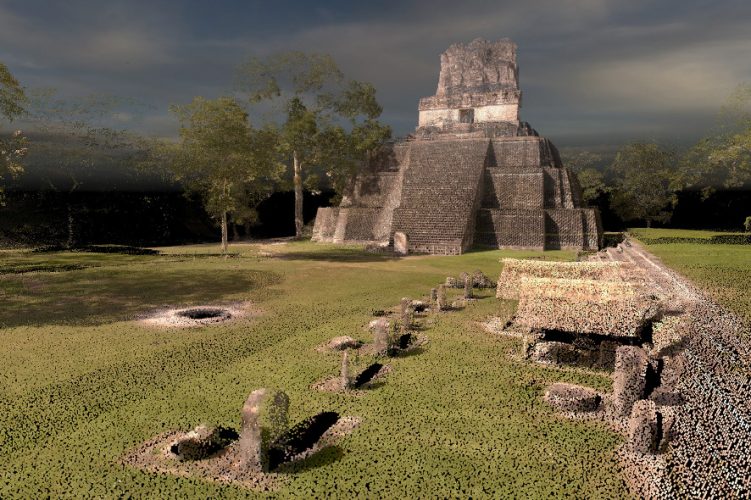
A Close-up Look at Cultural Heritage in Deep Space 8K
To take full advantage of the breathtaking clarity in the new Deep Space 8K, the 8K resolution at 120 Hz and in stereo 3-D, it’s not enough to simply upgrade the hardware. The content to be presented also has to have what it takes to deliver the ultimate visual experience to audience members.
-
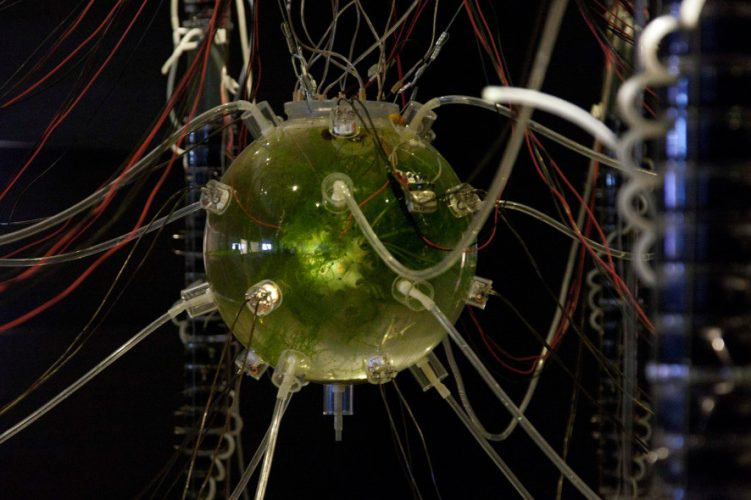
Artistic Ideas for the Ecological Development
For the installation “Plantas Autofotosintéticas” Gilberto Esparza won the Golden Nica in the Hybrid Art category at the Prix Ars Electronica 2015. This is a complex symbiotic system, which reveals ideas for the ecological development.
-
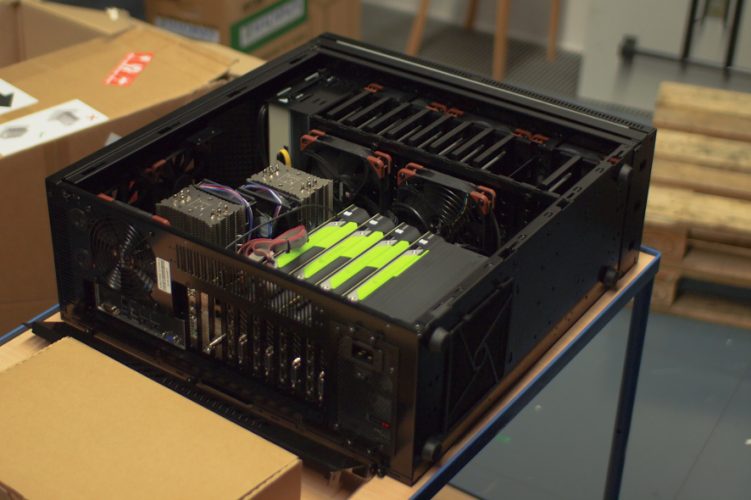
A New Mastermind in Deep Space 8K
In Deep Space 8K, visitors can look forward to breathtaking visuals in 8K resolution on 16×9-meter projection surfaces on the wall and the floor. And processing the resulting flow of data — an awesome 23 gigabytes/second in real time — demands a special high-performance processor.
-
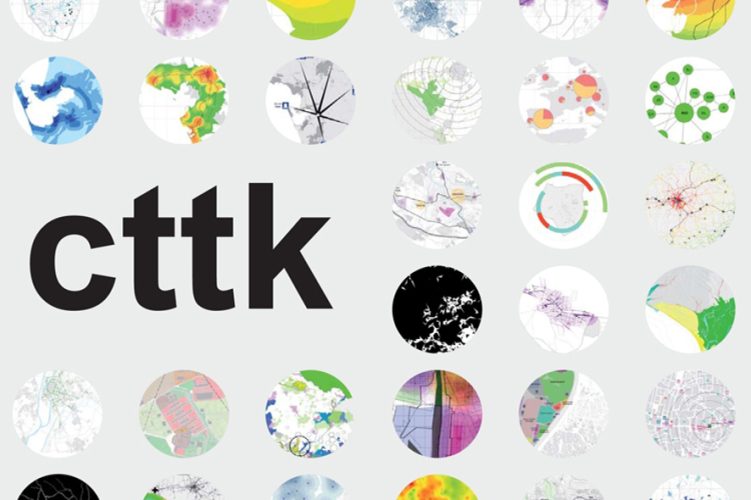
Citythinking – Why is More
For the Ars Electronica Festival 2015, the Linz based architect team [tp3] architects and Eddea Arquitectura y Urbanismo deal with strategic development processes of cities to present a creative approach for the future urban development.
-
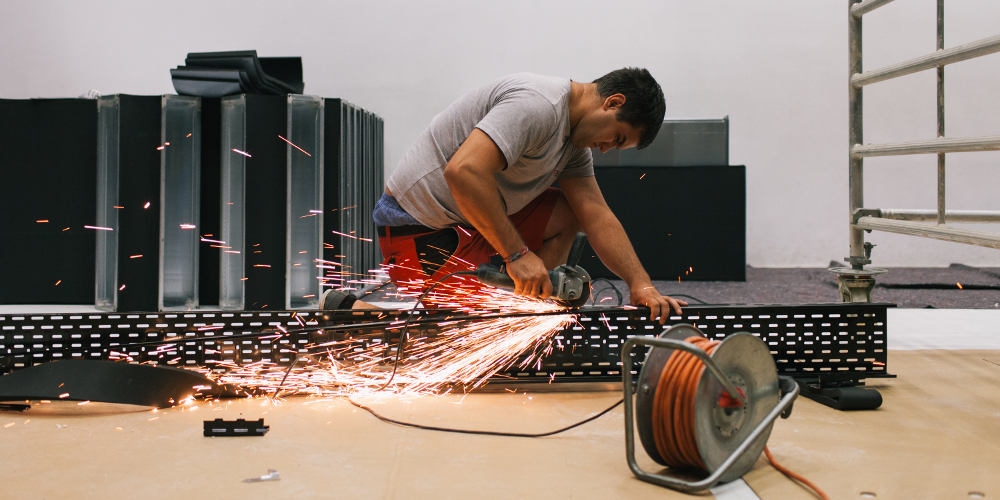
Deep Space 8K: The rebuilding has begun
From August 7, 2015 the images in the Deep Space will be projected in 8K resolution. 8K means pictures in impressive sharpness and color intensity. The renovations to the Deep Space 8K are already in full swing.
-

The World’s first Art Satellite in Space
ARTSAT1: Invader, the world’s first art satellite, blasted off into outer space on February 28, 2014. The 2015 Prix Ars Electronica jury honored the ARTSAT: Art and Satellite Project with an Award of Distinction in the Hybrid Art category.
-
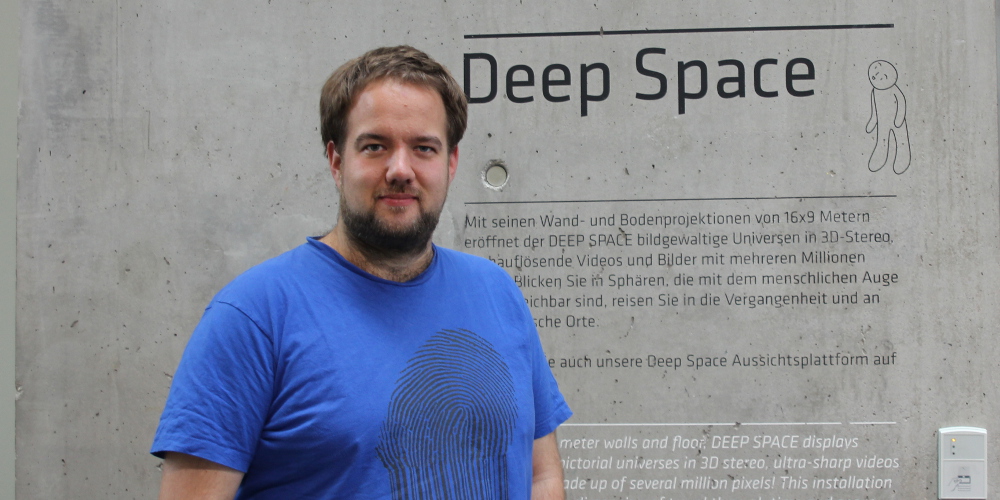
What are you doing with my data?
“What are you doing with my data?” is a question that Malte Spitz, German Green Party politician and internet expert, has been posing for years. Recently he spoke about this issue at a Deep Space LIVE event in the Ars Electronica Center.
-
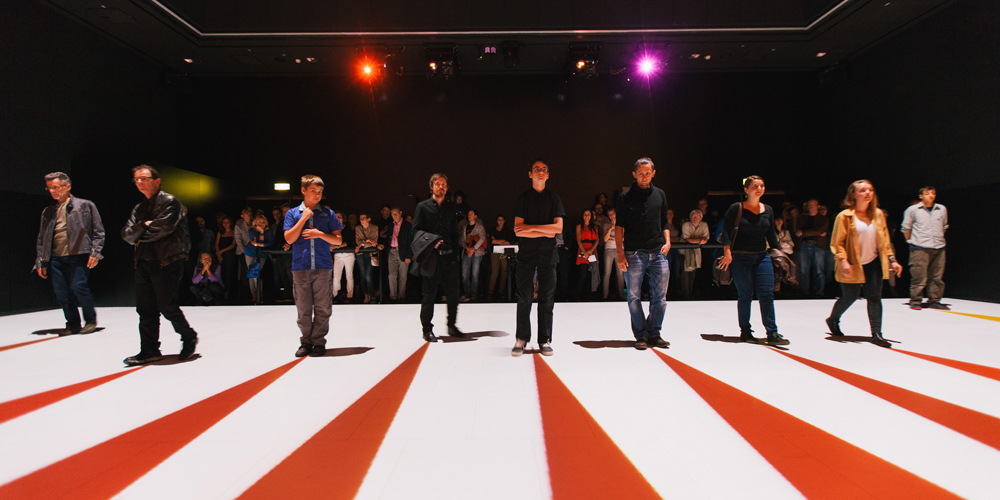
Cooler Visuals, Enhanced Experience: Deep Space 8K
A sensational, internationally unique experience awaits visitors to the Ars Electronica Center beginning August 7, 2015. An all-out upgrade of the venue’s technical infrastructure of the Deep Space will enable audiences to enjoy projections at 8K resolution and thus worlds of imagery at a never-before-achieved level of quality!
-
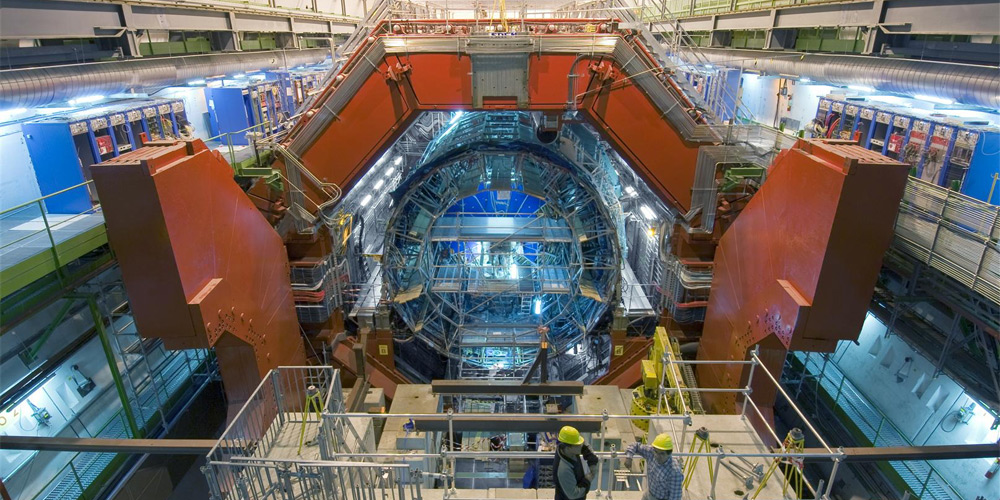
LHC – The Mother of All Experiments
Many questions remain open. The Large Hadron Collider aims to answer at least a few of them. A residency under the aegis of CERN and Ars Electronica offers an opportunity to take an artistic approach to the leading edge of science and to experience the site of this huge experiment.
-

netidee: WANTED – Projects with “Snowball Effect”
€1,000,000 in funding for projects to advance the internet’s impact in Austria is available from netidee [NetIdea], an initiative launched by Internet Privatstiftung Austria (IPA). This private foundation is soliciting great ideas designed to promote the possibilities of digital networking. Submission deadline is July 15, 2015.
-
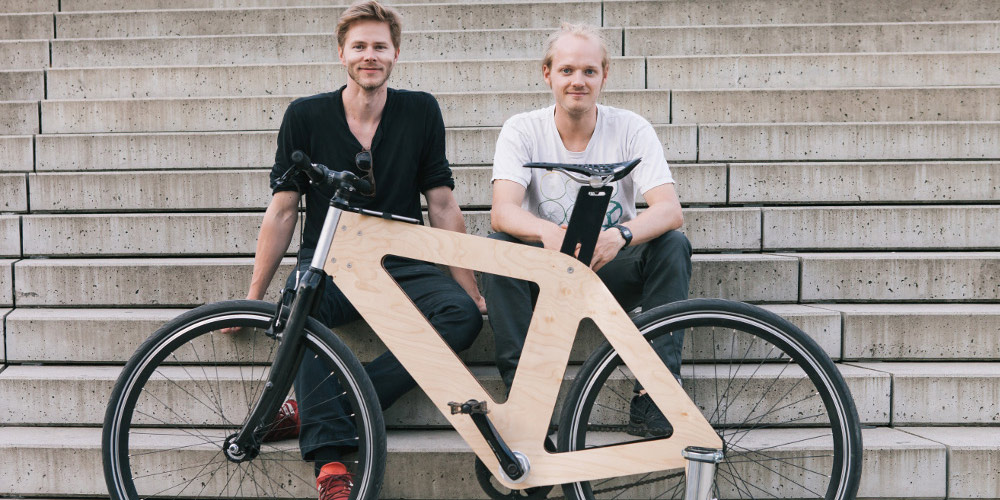
Cycling as Philosophy
In the context of this year’s theme of the Connecting Cities cultural project “In/Visible City” the next two artists doing a guest stint at the Ars Electronica Futurelab: Christoph Fraundorfer and Florian Born developed their project ESEL-COMPLAIN.
-
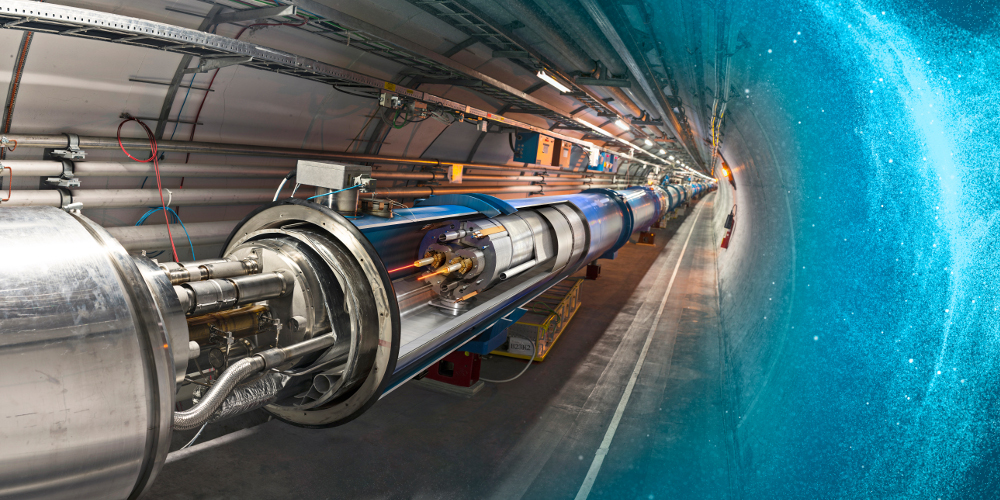
At CERN Artists need to challenge us with Ideas
Under the aegis of the European Digital Art and Science Network, Ars Electronica and CERN recently announced their latest open call for applications to do an eight-week residency at CERN followed by a stay at the Ars Electronica Futurelab.
-
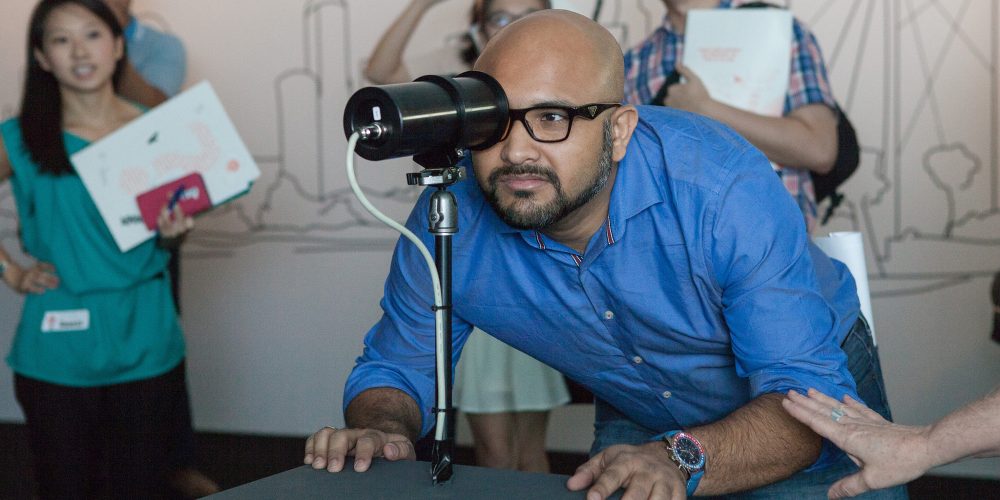
Where Science Meets Art
Ars Electronica is making its second guest appearance at Science Centre Singapore. The successful debut was a large-scale exhibition in 2007. Now, eight years later, the follow-up is entitled “INTERPLAY – Where Science Meets Art”.
-
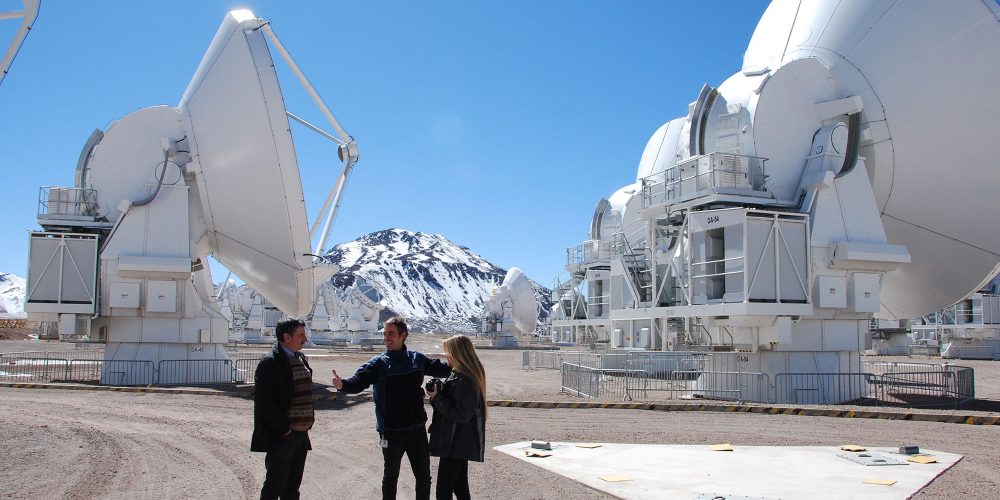
art & science: Inspiration Space
María Ignacia Edwards is the recipient of an extraordinary opportunity under the aegis of Art & Science: a residency at the European Southern Observatory (ESO) in Chile and at the Ars Electronica Futurelab in Linz. We accompanied her on her pre-visit in Chile.
-
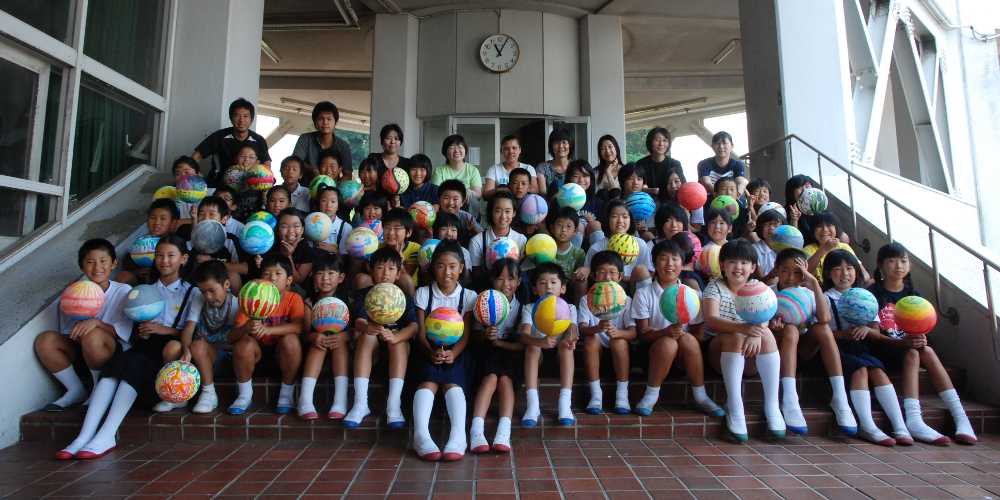
Think Cosmically, Act Locally
During her residency at the Ars Electronica Futurelab and her PhD thesis, Yuri Tanaka, is looking for an approach to answer the question: how cosmic art is expressed in different cultures.
-
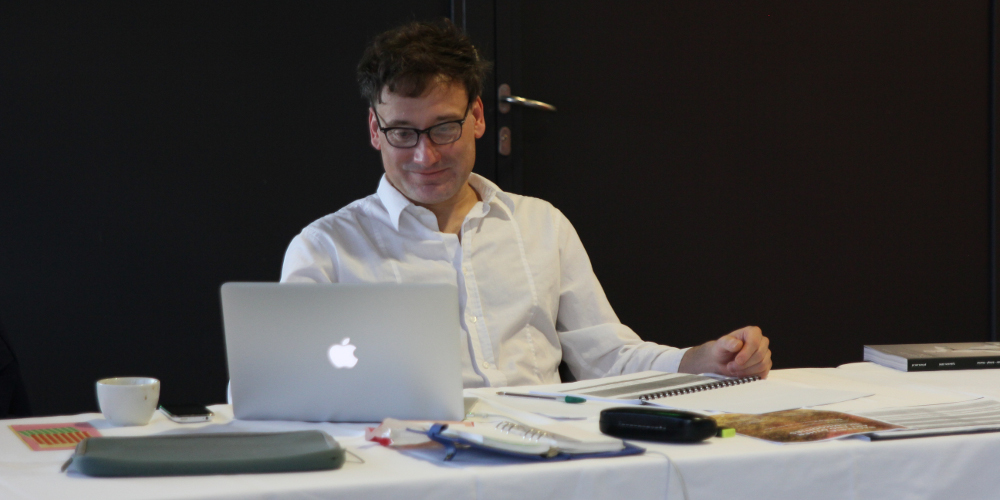
There Is No Bio Art!
Jens Hauser is a curator, a scholar in media & cultural studies, and a journalist who writes about cultural matters. He’s curated some of the best-known exhibitions at the interface of art and biology. 2015 he was a juror in the Hybrid Art category.
-
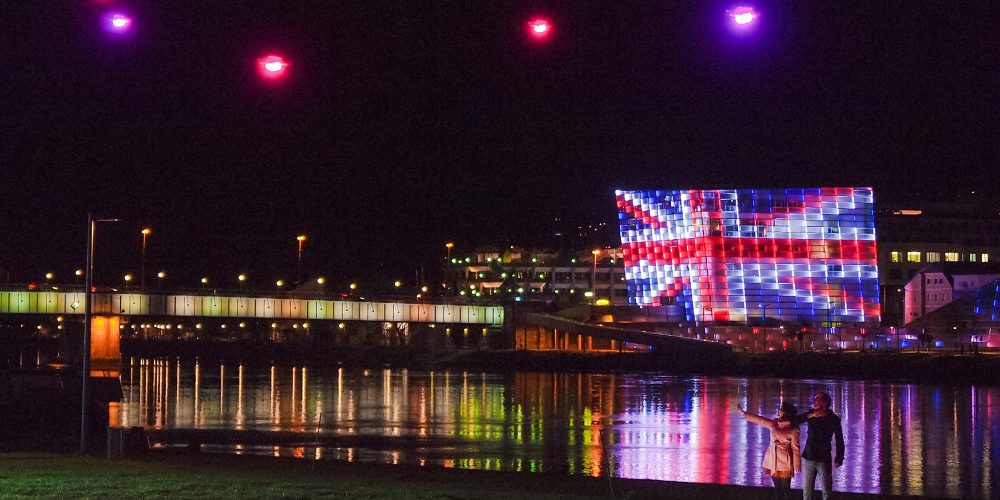
The Spaxels at the Eurovision Song Contest
This is the ultimate extravaganza! With over 195 million viewers, the 2015 Eurovision Song Contest will be one of the world’s biggest televised events. Among the featured attractions—albeit with only half a minute of air time—are the Spaxels of the Ars Electronica Futurelab in Linz.
